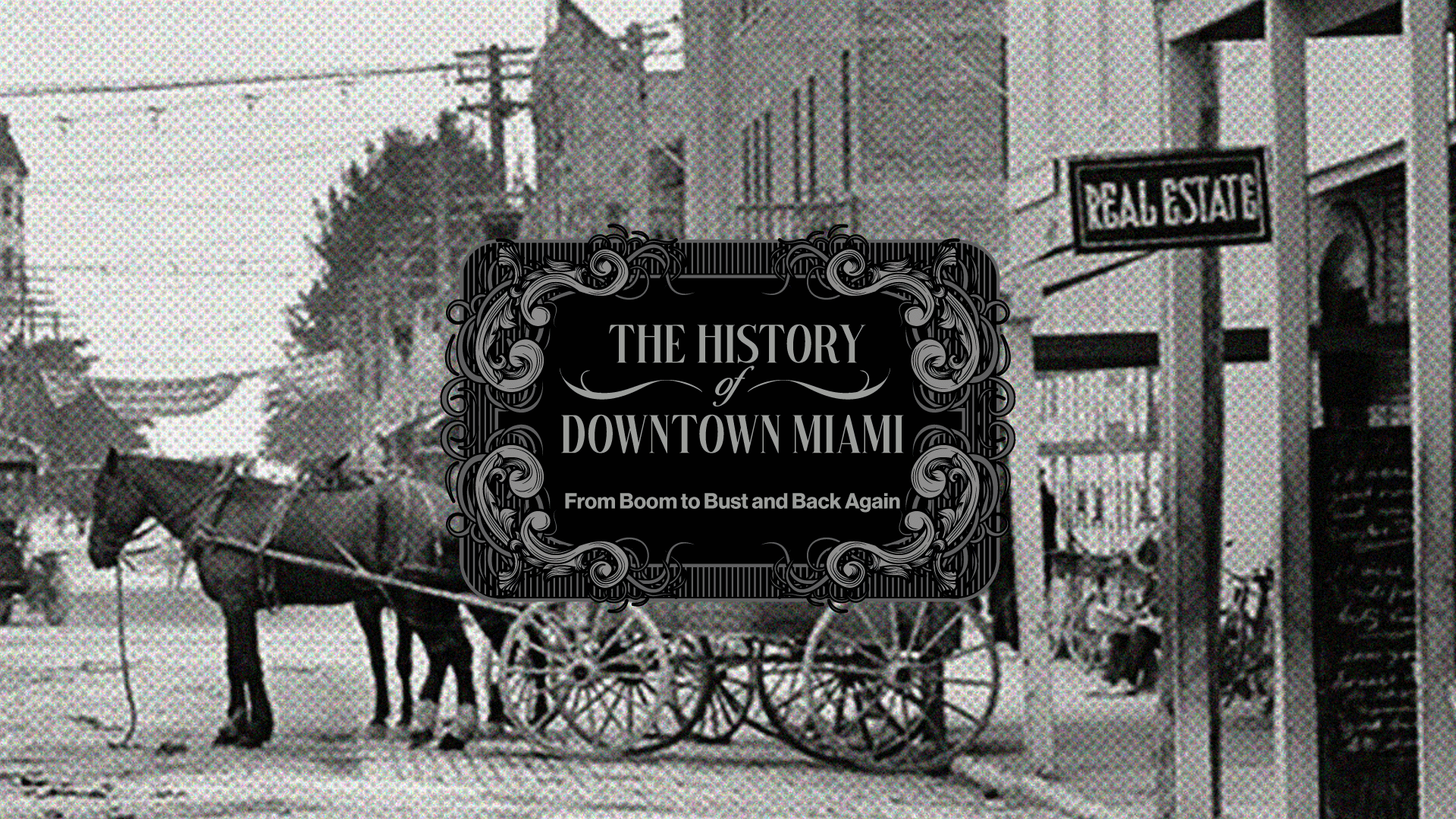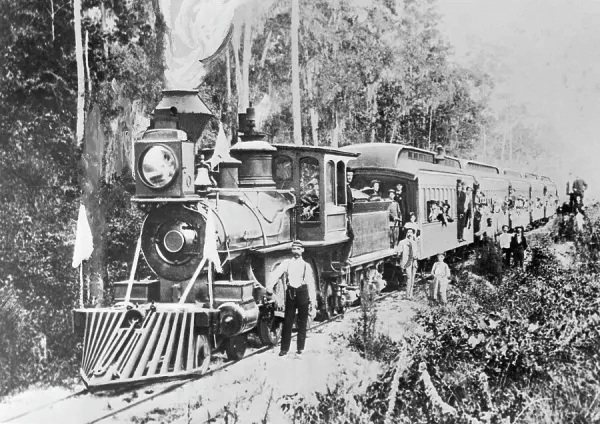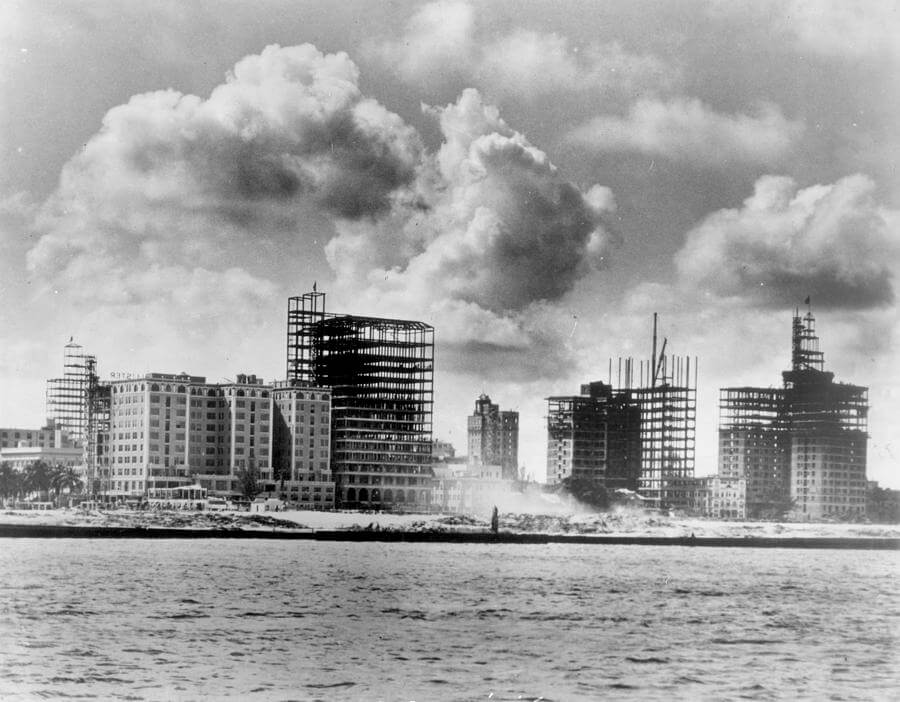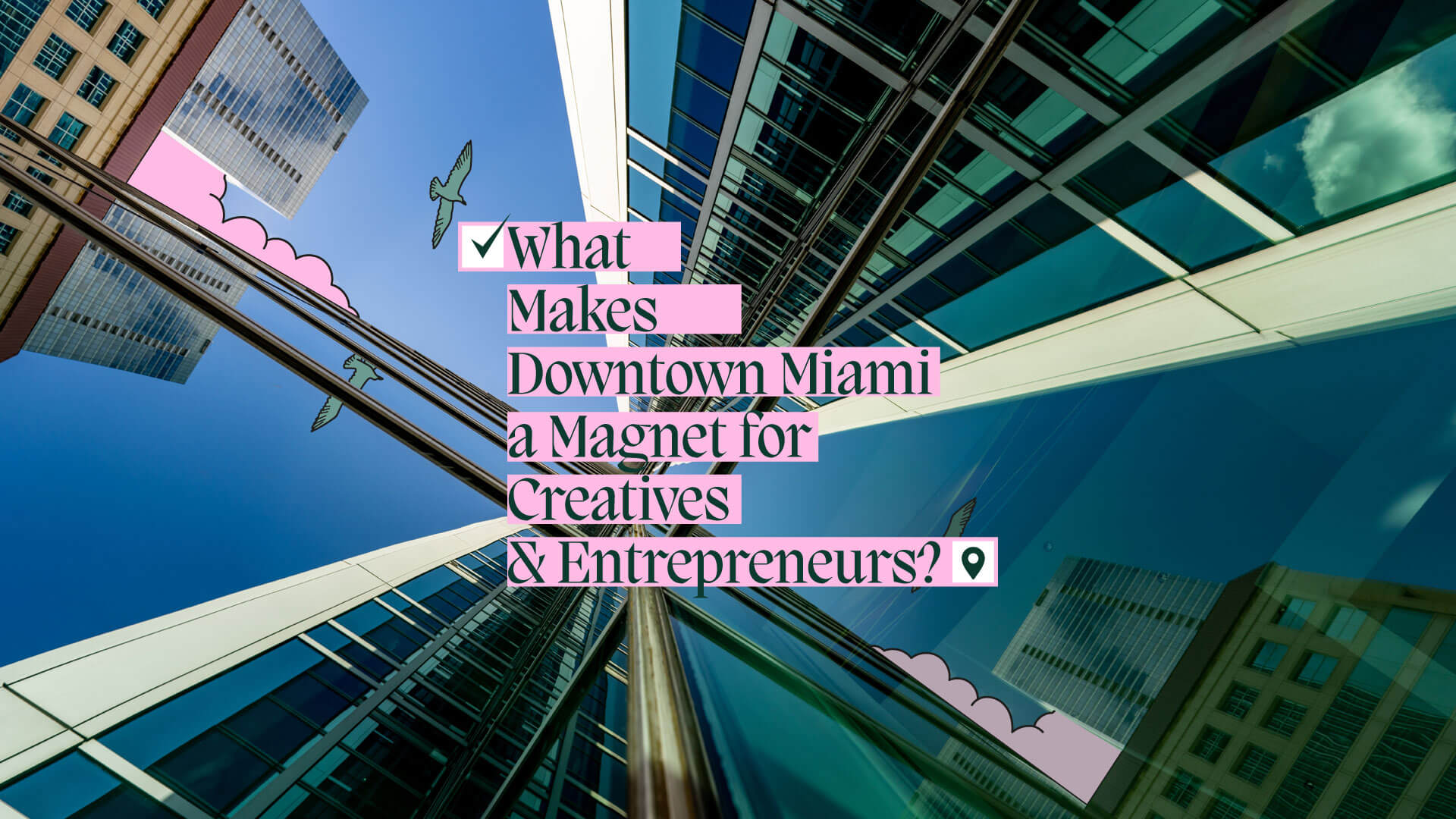The History of Downtown Miami – From Boom to Bust and Back Again
Downtown Miami is a bustling metropolis known for its glitzy skyscrapers, stunning waterfront views, and vibrant cultural scene. However, its history is one of rapid growth, decline, and rebirth.
The Early Years
Downtown Miami was founded in 1896, when Julia Tuttle convinced railroad tycoon Henry Flagler to extend his Florida East Coast Railway to the area. Tuttle envisioned Miami as a city of the future, with wide streets, lush parks, and a thriving business district.
Flagler was impressed with Tuttle’s vision and agreed to build a hotel and railway station in the area. This sparked a wave of development, as entrepreneurs and investors flocked to Miami to capitalize on the city’s potential.
Boom Times
The 1920s were a time of explosive growth for downtown Miami. Skyscrapers rose up along the waterfront, and the city became a hub of commerce and industry.
The city’s population boomed, fueled in part by the construction of the Tamiami Trail, a highway that connected Miami to the west coast of Florida. The trail brought tourists and settlers to the area, and Miami became known as the “Magic City.”
The Great Depression
The stock market crash of 1929 had a devastating impact on downtown Miami. The city’s economy collapsed, and many businesses were forced to close their doors.
 Looking north on 1st Avenue from 1st Street, 1930.
Looking north on 1st Avenue from 1st Street, 1930.
The city’s population declined sharply, as people left in search of work and opportunities elsewhere. Downtown Miami became a shadow of its former self, with many of its once-grand buildings left vacant and decaying.
The Rebirth
Downtown Miami began to experience a resurgence in the 1980s, as developers and city officials embarked on a massive revitalization effort. They worked to attract new businesses and residents to the area, and to create a more livable and attractive downtown.
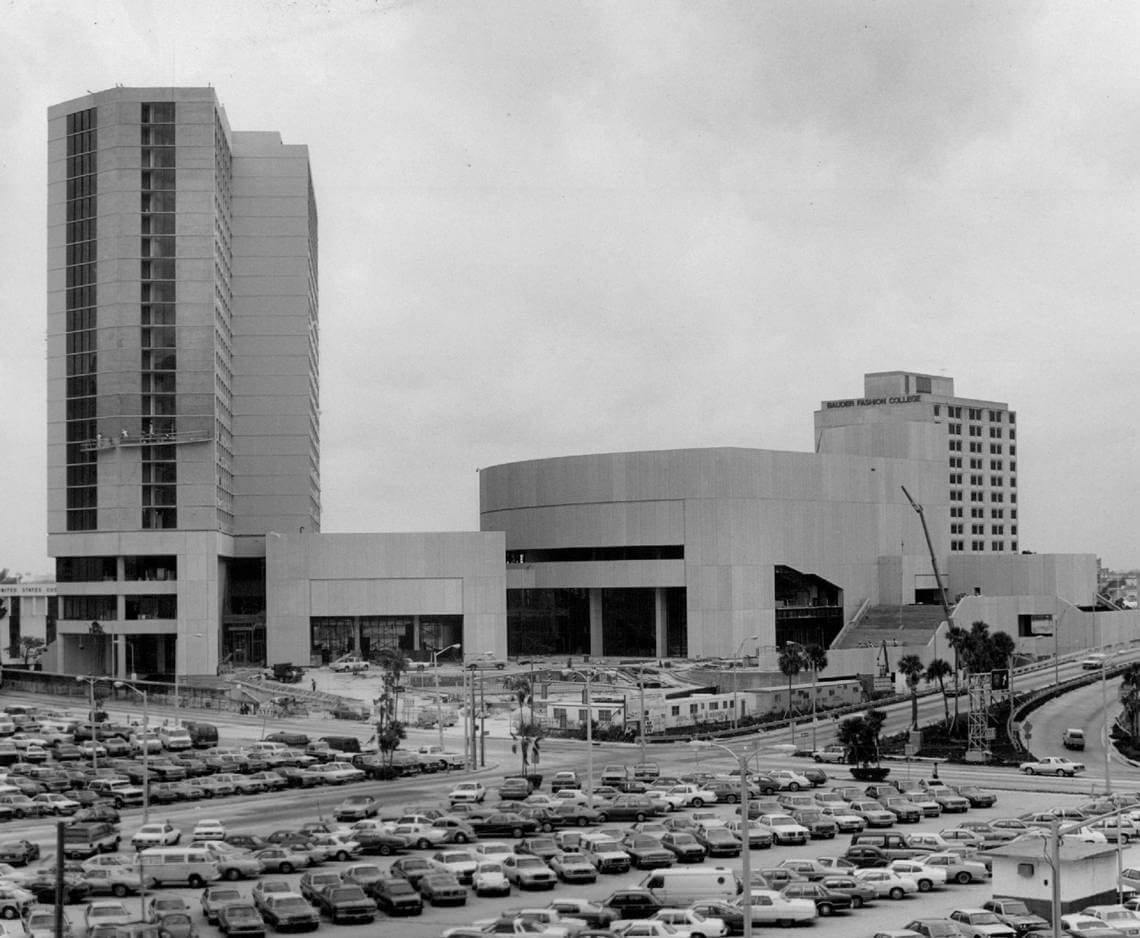 Igniting downtown Miami’s convention boom: the $93 million James L. Knight Center, opened in 1982.
Igniting downtown Miami’s convention boom: the $93 million James L. Knight Center, opened in 1982.
The efforts paid off, as downtown Miami once again became a hub of commerce and culture. Today, the city is a thriving metropolis that is home to world-class museums, restaurants, and businesses.
The Future
Downtown Miami’s future looks bright, as the city continues to attract new residents and businesses. However, the city faces challenges, such as rising sea levels and an affordable housing crisis.
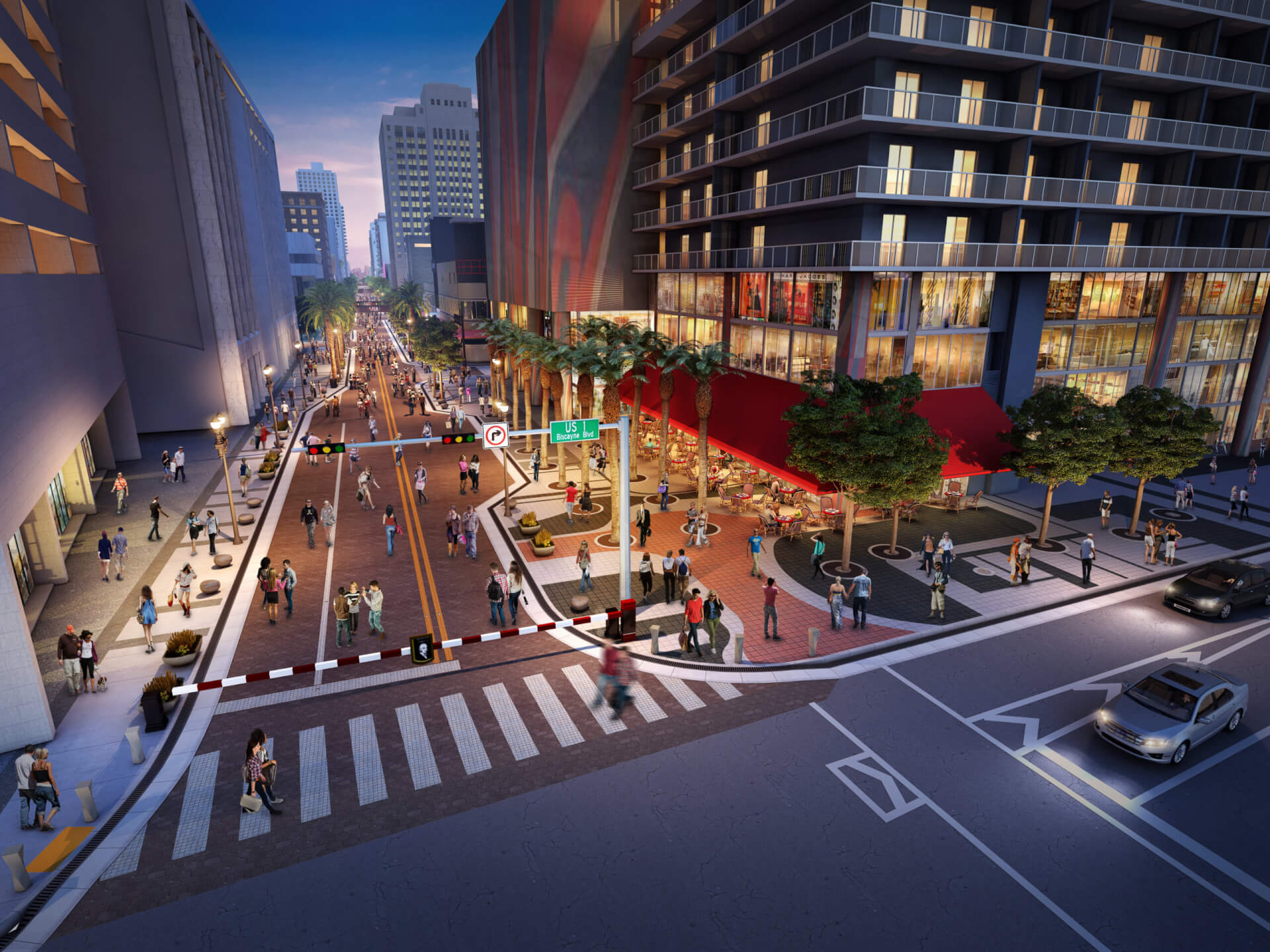 The future of Flagler Street in Downtown Miami — where historic charm meets modern innovation.
The future of Flagler Street in Downtown Miami — where historic charm meets modern innovation.
City officials and developers are working to address these issues, and to create a more sustainable and equitable downtown. As the city continues to evolve, it will be interesting to see how it balances growth and development with the need to preserve its rich history and cultural heritage.
